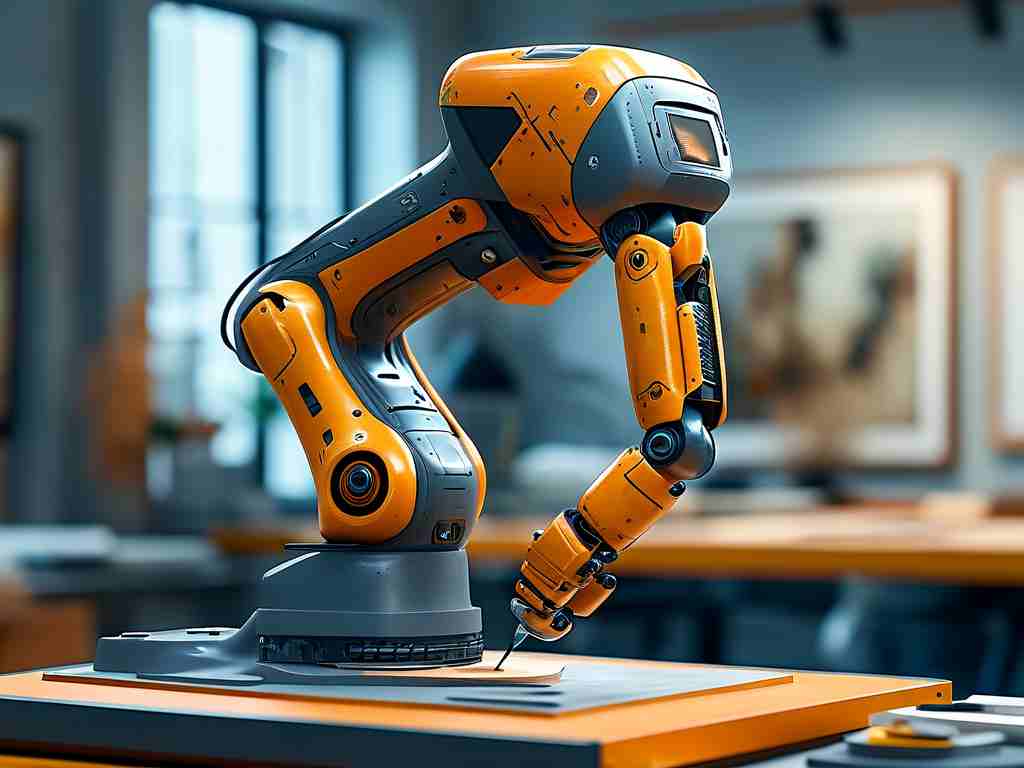The fusion of traditional performance arts with modern robotics has reached new heights through handkerchief-tossing automation technology. This innovative system combines precision engineering with cultural preservation, offering applications ranging from theatrical performances to interactive education.

At its core, the robotic handkerchief manipulation system employs a three-axis pneumatic armature with adaptive grip control. Unlike conventional robotic arms designed for industrial applications, these specialized manipulators feature silicone-coated effector pads that mimic human finger dexterity. The secret lies in the variable pressure regulation system, which allows the machine to handle delicate silk fabrics without causing creases or tears.
Recent advancements in computer vision have significantly enhanced targeting accuracy. Through integration with real-time motion tracking cameras, the system achieves spatial positioning within 0.3mm tolerance. Developers have implemented a modified SLAM (Simultaneous Localization and Mapping) algorithm specifically optimized for performance environments, accounting for variables like stage lighting fluctuations and audience movement interference.
The throwing mechanism itself utilizes a hybrid approach combining centrifugal force and compressed air propulsion. During testing phases, engineers discovered that pure rotational systems caused fabric deformation, while exclusive air jet methods led to unpredictable trajectories. The current iteration employs a patented dual-stage release process: initial rotational acceleration followed by pneumatic boost, achieving both distance and rotational control.
Material science plays a crucial role in this technology. Specialized handkerchiefs embedded with conductive threads enable motion feedback through electromagnetic field detection. These smart textiles contain micro-encapsulated weighting agents along their edges, maintaining optimal flight characteristics while preserving traditional appearance.
Programming the performance patterns requires custom scripting in ROS (Robot Operating System). A typical movement sequence might include:
def circular_toss(radius, height):
configure_arm_velocity(0.75)
set_pneumatic_pressure(2.4bar)
execute_trajectory(spiral_pattern(radius, height))
release_with_delay(300ms)
Safety systems incorporate multiple redundancy measures, including infrared proximity sensors and emergency brake modules. The robots demonstrate collision avoidance capabilities through predictive path modeling, crucial when performing in dynamic environments with human collaborators.
Current applications extend beyond entertainment, with prototype systems being adapted for search/rescue operations. The lightweight fabric deployment mechanism shows promise for delivering emergency supplies in constrained spaces. Cultural preservationists have partnered with engineers to document and digitize traditional throwing techniques, creating motion libraries for future generations.
Despite technical achievements, challenges remain in perfecting the "human touch." Researchers are experimenting with machine learning algorithms trained on master performers' movements, analyzing subtle wrist flicks and finger releases that give traditional handkerchief tossing its artistic flair. Early prototypes using neural style transfer algorithms show potential for blending regional performance styles with computational precision.
Energy efficiency represents another frontier. Current hydraulic systems consume 850W during active operation, but next-generation models employing shape-memory alloys aim to reduce power consumption by 40%. Field tests of solar-powered mobile units are scheduled for outdoor festival deployments in 2025.
As this technology matures, ethical discussions emerge regarding automation in cultural domains. Proponents argue that robotic systems can make traditional arts more accessible, while critics warn against dilution of human artistry. The development community emphasizes that these systems are designed as collaborative tools rather than replacements, preserving human creativity at the core of cultural expression.
Looking ahead, researchers predict cross-pollination with other disciplines. Biomedical engineers are exploring diagnostic applications using handkerchief-tossing dynamics to assess motor skills, while aerospace teams investigate fabric deployment mechanisms for space station maintenance. The humble handkerchief-tossing robot thus becomes a surprising catalyst for interdisciplinary innovation, proving that even ancient performance traditions can drive cutting-edge technological development.









